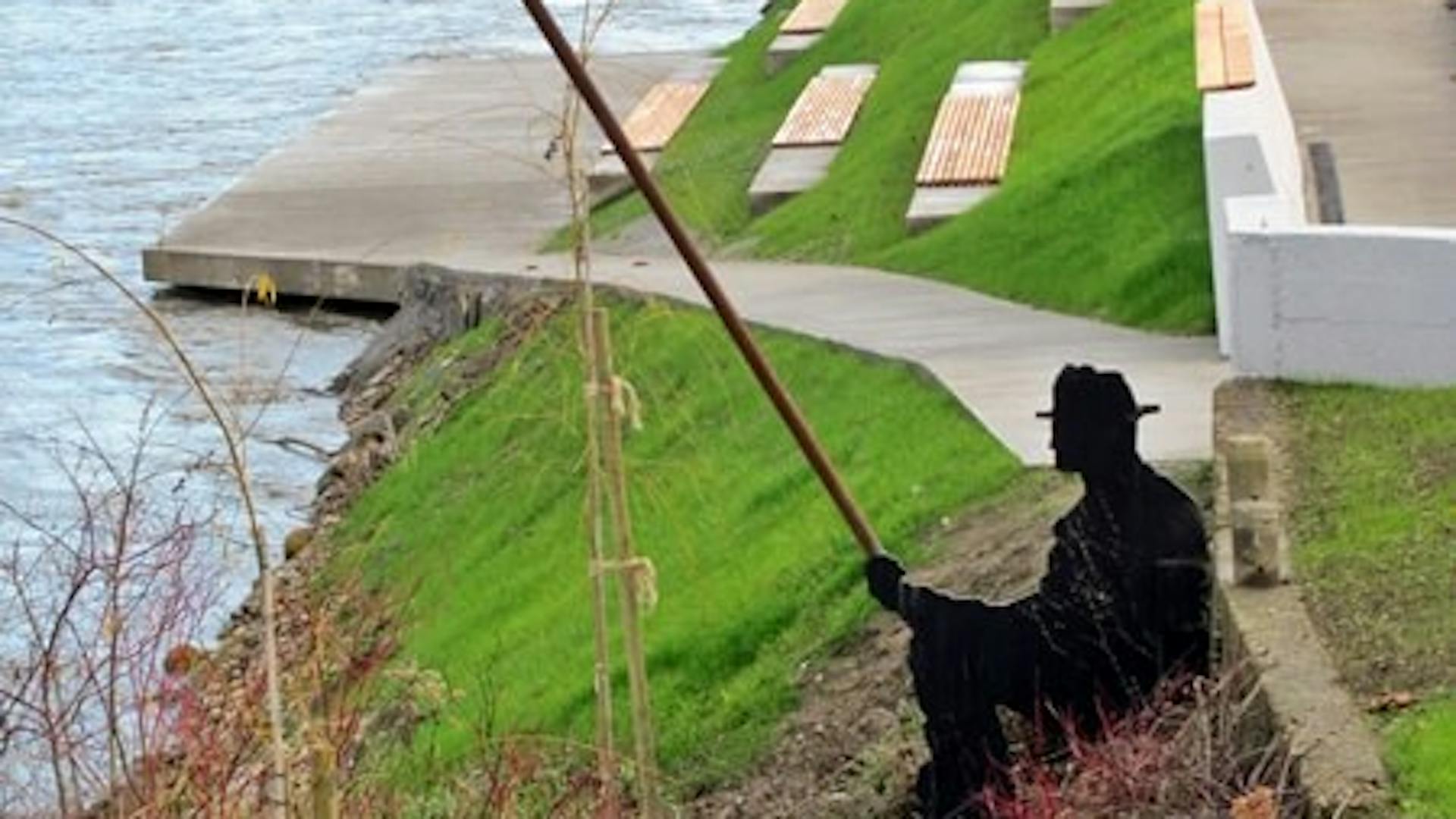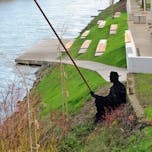
Gornja Radgona Municipality
The Mura River
The River Mura originates in Austria, in the Hohe Tauern National Park, at an altitude of 1,898 meters, and descends about 1,700 meters before reaching Prekmurje. It is 465 kilometers long and flows through four countries: Austria, Slovenia, Croatia, and Hungary. In Austria it runs for 323 kilometers, the border section with Austria is 34 kilometers long, it flows through 28 kilometers of Slovenian territory, the section between Slovenia and Croatia is 33 kilometers, and between Hungary and Croatia about 48 kilometers.
The present state of the Mura is the result of numerous historical interventions. In Slovenia, the Mura river basin was divided into the Hungarian and Austrian parts, where the cultures of Germans, Slavs, and Hungarians meet. The first interventions on the Mura in the 16th century were aimed at protecting settlements from floods and ensuring navigable river routes. The Mura often changed its course, destroying villages, especially towards the north.


Today, the Mura is mostly confined within an artificial riverbed, which reduces its lateral erosive power. In some places where the banks are not reinforced with artificial materials, the river still reveals its natural character. In the Lisjak Channel, lateral erosion creates a small meander, where the Mura erodes material on the outer side of the bend and deposits it on the inner side, forming a gravel bar that has now become a small island.
The gravel carried by the Mura originates in the Eastern Alps, where metamorphic and igneous rocks such as gneiss, granite, vein quartz, and amphibolite predominate. The River Mura is the only major Slovenian river that still retains part of its natural dynamics. Meanders, oxbow lakes, gravel banks, and floodplain forests create a rich ecosystem – the loko.